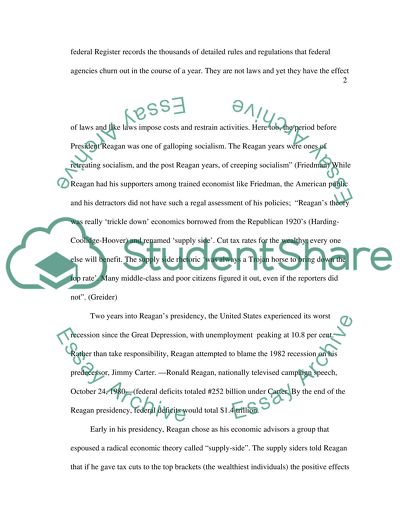Cite this document
(“Reagan Essay Example | Topics and Well Written Essays - 3750 words”, n.d.)
Reagan Essay Example | Topics and Well Written Essays - 3750 words. Retrieved from https://studentshare.org/macro-microeconomics/1506927-reagan
Reagan Essay Example | Topics and Well Written Essays - 3750 words. Retrieved from https://studentshare.org/macro-microeconomics/1506927-reagan
(Reagan Essay Example | Topics and Well Written Essays - 3750 Words)
Reagan Essay Example | Topics and Well Written Essays - 3750 Words. https://studentshare.org/macro-microeconomics/1506927-reagan.
Reagan Essay Example | Topics and Well Written Essays - 3750 Words. https://studentshare.org/macro-microeconomics/1506927-reagan.
“Reagan Essay Example | Topics and Well Written Essays - 3750 Words”, n.d. https://studentshare.org/macro-microeconomics/1506927-reagan.


